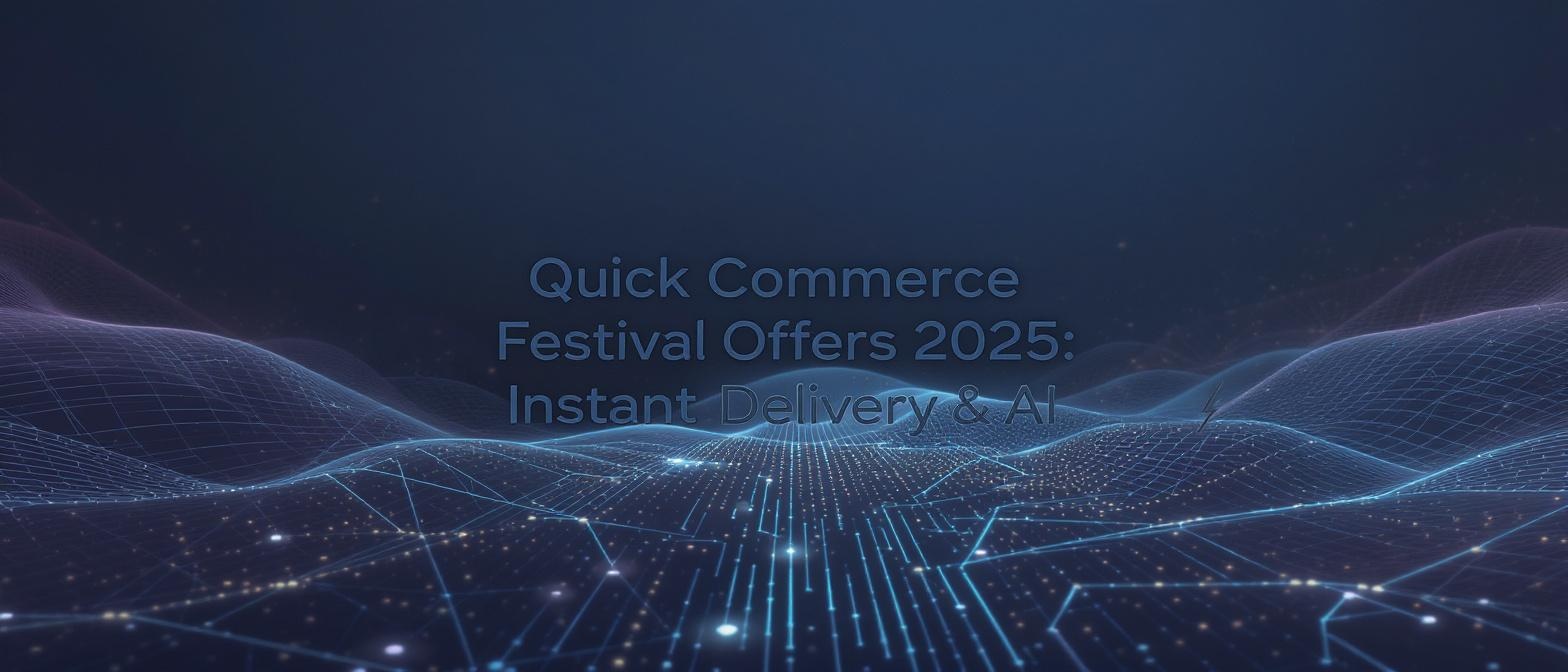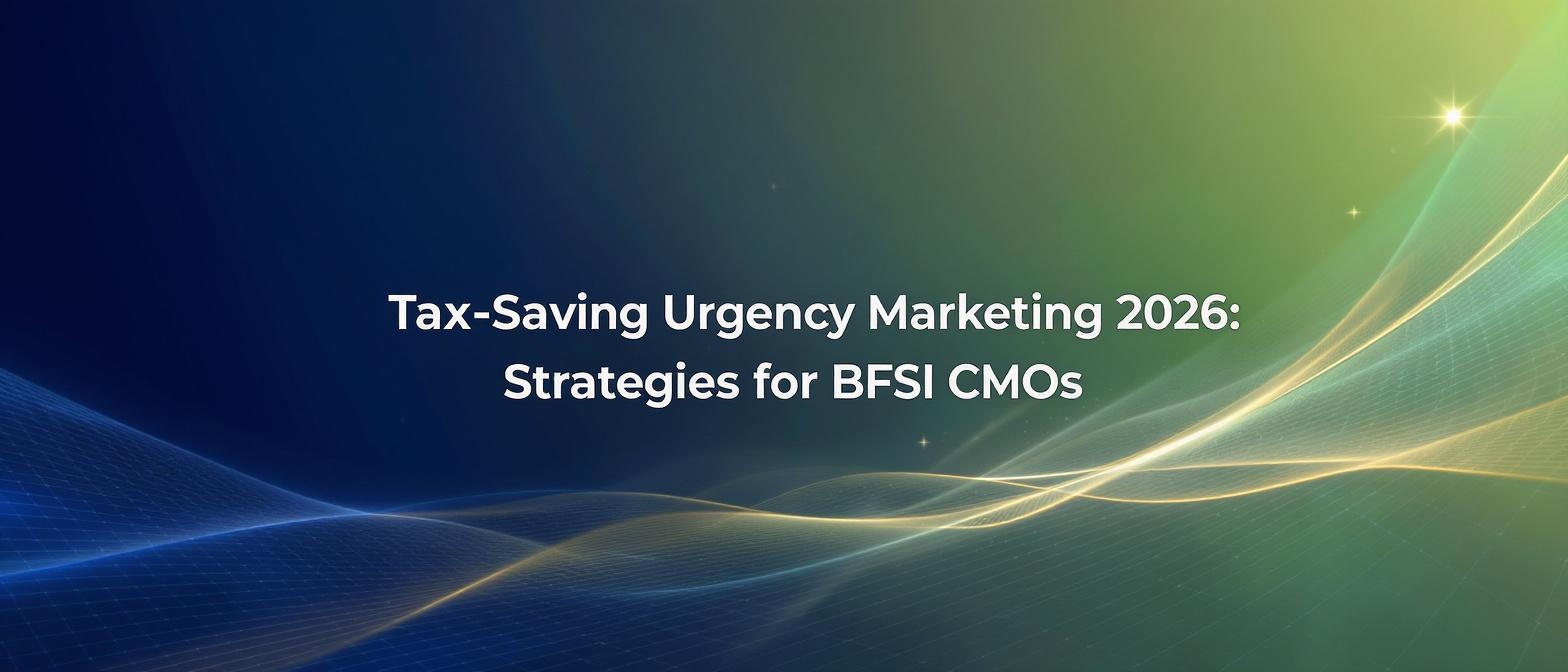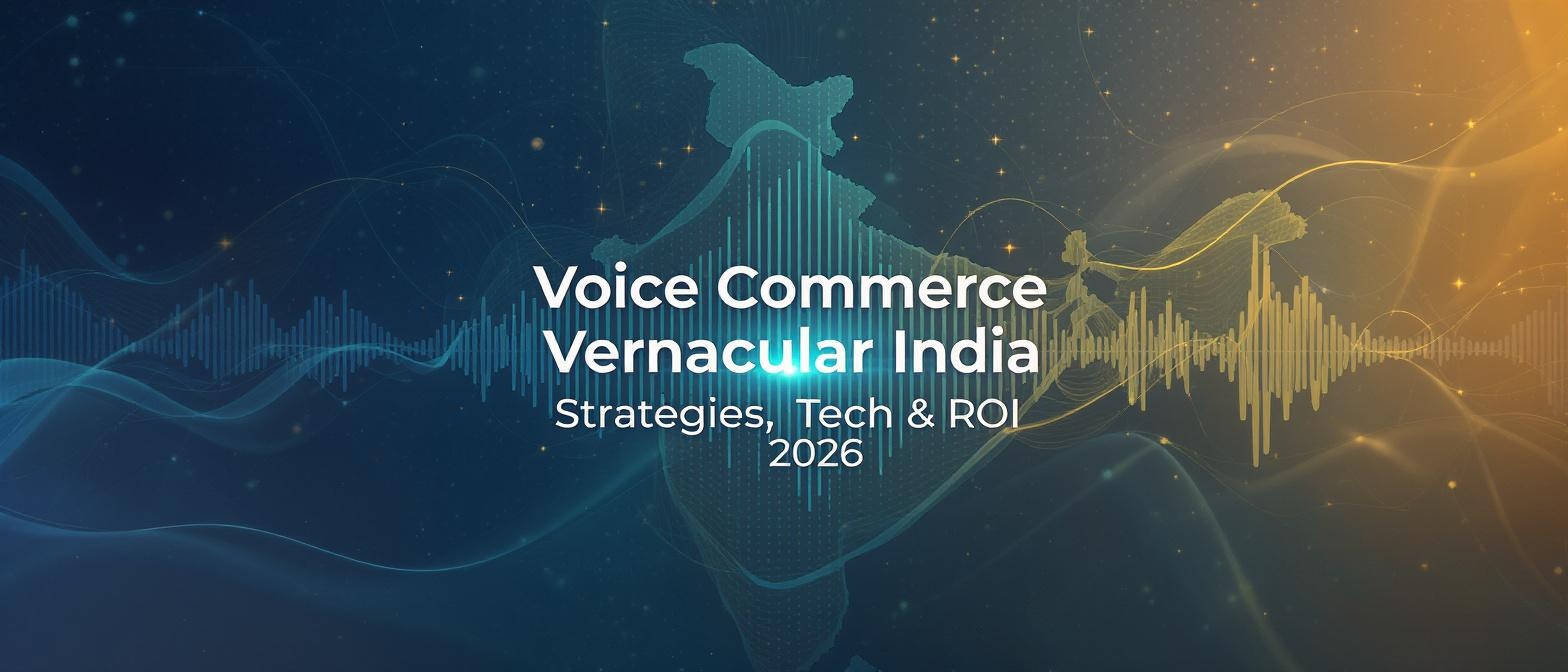AI Avatars for Video Marketing: The Definitive 2025 Guide
Estimated reading time: ~14 minutes
Key Takeaways
- AI avatars dramatically reduce production costs and accelerate content velocity.
- Scalable personalization and global localization become feasible with AI-driven video.
- A thoughtful approach to ethics and authenticity is critical for building customer trust.
- Measurable ROI can be achieved through cost savings, speed-to-market benefits, and higher engagement rates.
The world of video marketing is locked in an arms race for attention. Brands know video is king, but the traditional production process—with its high costs, logistical nightmares, and slow turnaround times—is a bottleneck to growth. What if you could scale your video output exponentially without scaling your budget? New data reveals that for 63% of businesses, AI video generation is already slashing production costs by an average of 58%. This isn't just a minor efficiency gain; it's a fundamental shift in how content is created and deployed. While many marketers are aware of AI avatars, they often underestimate their strategic impact, viewing them as a mere novelty.
The real challenge isn't just making more videos; it's about making more effective videos. It's about achieving personalization at a scale that was previously unimaginable, localizing content for global audiences in minutes, and maintaining perfect brand consistency across every message. The competitor's discussion often stops at surface-level benefits, failing to address the deeper strategic imperatives and the practical "how-to" of implementation. This article goes further. We will not only explore the transformative potential of AI avatars for video marketing but also provide a concrete framework for implementation, a clear-eyed view of the ethical considerations, and a data-backed model for measuring your return on investment. Prepare to move beyond theory and into strategic application.
Section 1: Reimagining the Content Velocity Challenge
For modern marketing teams, the primary challenge is no longer just quality; it's velocity. The demand for fresh, relevant, and personalized content across countless platforms is insatiable. Traditional video production, with its weeks-long cycles, simply cannot keep pace. This friction leads to missed opportunities, stale messaging, and an inability to react to market trends in real time. The problem is compounded when targeting diverse, global audiences, where localization becomes a costly and complex hurdle.
The data paints a clear picture of this new reality. A staggering 79% of eCommerce brands are now leveraging AI-generated videos to showcase products, demonstrating a clear shift towards scalable, dynamic visual content. Furthermore, with AI-generated avatars appearing in 36% of brand-produced videos, it's evident that early adopters are already capitalizing on this technology to gain a competitive edge. This isn't just about replacing a human with a digital counterpart; it's about re-engineering the entire content pipeline. It's about empowering a single marketer to do the work of an entire production studio, creating dozens of video variations for A/B testing, personalizing outreach for different customer segments, and launching global campaigns simultaneously, not sequentially. The true challenge, therefore, is not whether to adopt AI video but how to integrate it strategically to break the traditional constraints of time, budget, and language.
Section 2: The Technological Leap Beyond Deepfakes
The rapid evolution of AI video technology has moved far beyond the blurry, distorted "deepfakes" of the past. Today's leading platforms offer photorealistic digital avatars, perfect lip-sync in multiple languages, and a suite of tools that democratize video production. This leap is powered by a convergence of advanced machine learning models, sophisticated voice synthesis, and ethical data sourcing. The result is a seamless, professional-grade output that can be generated in minutes from nothing more than a script.
At the core of this innovation is the concept of the "digital twin"—a virtual replica of a real, fully licensed human actor. This approach sidesteps the ethical gray areas of using unauthorized likenesses and ensures a higher degree of realism and trust. Platforms like Studio by TrueFan AI (source) build their libraries with professional actors and influencers, providing brands with a range of authentic personas to represent their message. The underlying technology focuses on two key areas: voice cloning and lip-sync synchronization. Advanced text-to-speech (TTS) engines analyze a script not just for words but for intent and inflection, creating a natural, human-like delivery. Simultaneously, generative adversarial networks (GANs) map the phonemes of the generated audio to the avatar's facial movements with pixel-perfect accuracy, eliminating the distracting, out-of-sync effect that plagues lower-quality tools. This technical sophistication is what separates a professional tool from a novelty, allowing for the creation of content that is not only scalable but also polished and believable.
Section 3: An Advanced Framework for AI Avatar Implementation
Adopting AI avatars requires more than just access to a tool; it demands a strategic framework that integrates the technology into your existing marketing workflows. Simply creating one-off videos misses the point. The goal is to build a scalable, repeatable engine for personalized communication. Here is a practical, five-step framework for advanced implementation.
Step 1: Establish Your Core Avatar Persona
Before generating a single video, define the persona you need. Is your brand voice authoritative and expert, or friendly and relatable? Select an avatar that aligns with this identity. Consider the avatars Gunika, Annie, or Aryan offered by some platforms, each with a distinct style. Document this choice as part of your brand guidelines to ensure consistency.
Step 2: Develop a Modular Scripting System
Instead of writing monolithic scripts, create a system of modular blocks. A typical structure might include:
- Hook (5 seconds): An attention-grabbing question or statistic.
- Problem (10 seconds): A description of the customer's pain point.
- Solution (15 seconds): How your product/service addresses the problem.
- Call to Action (5 seconds): The specific next step.
This allows you to easily mix and match components to create dozens of variations for A/B testing different hooks or calls to action without rewriting the entire script.
Step 3: Execute Scaled Personalization and Localization
This is where the true power of AI avatars shines. Using your modular scripts, create a spreadsheet or database of personalization tokens (e.g., [Customer Name], [Company Name], [Industry]). Use an API or the platform's batch generation features to create hundreds of personalized videos for your sales outreach or customer onboarding sequences. For global campaigns, this is the stage for localization. With Studio by TrueFan AI's 175+ language support and AI avatars, you can take a single, approved English script and generate versions for Spanish, German, Japanese, and Hindi in minutes, all with perfect, native-sounding lip-sync.
Step 4: Integrate and Automate Distribution
Manually downloading and uploading videos is inefficient. Use webhooks or API integrations (like those offered by Zapier or Make) to connect your AI video platform directly to your marketing automation tools (e.g., HubSpot, Salesforce Marketing Cloud) or social media schedulers. For example, you can set up a workflow where a new lead in your CRM automatically triggers the generation of a personalized welcome video from your AI avatar, which is then sent via email.
Step 5: Analyze, Iterate, and Optimize
Track the performance of your video variations. Which hooks have the highest view-through rate? Which CTAs generate the most clicks? Use this data to refine your modular scripts. Because generation time is minimal, you can run optimization cycles weekly instead of quarterly, continuously improving the effectiveness of your video assets.
Section 4: Overlooked Considerations: Ethics and Authenticity
While the efficiency gains of AI avatars are compelling, a sophisticated marketing team must navigate the ethical landscape with foresight and transparency. Competitors often mention the "uncanny valley" as the primary challenge, but the more critical considerations lie in authenticity, disclosure, and data privacy. Ignoring these can lead to a loss of customer trust that far outweighs any short-term production savings.
The first, and most important, consideration is disclosure. Audiences have a right to know when they are interacting with an AI-generated persona. Best practice dictates a clear, yet unobtrusive, disclaimer such as "Featuring a digital presenter" or a small "AI" watermark. This transparency builds trust and preempts any feeling of deception. The second consideration is the source of the avatar. Using platforms that create digital twins from real, compensated, and fully licensed actors is the only ethically sound approach. This consent-first model ensures you are not inadvertently using an unauthorized likeness, protecting your brand from legal and reputational risk.
Finally, there's the nuanced challenge of authenticity. AI struggles with complex humor, deep cultural nuances, and genuine emotional connection. Attempting to use an avatar for a heartfelt apology or a deeply personal story can backfire, appearing tone-deaf and robotic. The key is to use avatars for the right tasks: clear, instructional content, scalable news updates, personalized data reporting, and informational messages. Reserve human-fronted video for content requiring deep emotional resonance. By understanding these limitations and operating within an ethical framework of transparency and consent, brands can leverage the power of AI avatars without sacrificing the trust they've worked so hard to build.
Section 5: Calculating the ROI of AI Avatar Marketing
One of the most significant gaps in the typical discourse around AI avatars is the lack of a concrete framework for measuring Return on Investment (ROI). The benefits are often described in vague terms like "cost savings" and "improved engagement." To secure budget and prove value, marketers need to tie their AI video initiatives to tangible business outcomes. The ROI of AI avatars can be calculated using a combination of cost-based and value-based metrics.
1. Cost-Savings Analysis:
This is the most direct metric. Calculate the cost of producing one video traditionally (factoring in actor fees, studio rental, camera crew, editing, and localization).
- Traditional Cost per Video (TCV) = $2,000 - $10,000+
- AI Cost per Video (ACV) = Subscription Cost / Number of Videos Produced
- Direct ROI = (TCV - ACV) / ACV × 100
2. Speed-to-Market Value:
Quantify the value of opportunities won by being faster. If you can launch a promotional video in one day instead of three weeks, how much extra revenue did that speed generate? While harder to calculate precisely, it's a critical metric for agile teams.
3. Engagement and Conversion Lift:
Track core video metrics for AI-generated content versus static images or text-based ads.
- Click-Through Rate (CTR): Are more people clicking on your ads or emails?
- Video Completion Rate (VCR): How much of the video are people watching?
- Conversion Rate: Of those who watch, how many take the desired action?
Solutions like Studio by TrueFan AI demonstrate ROI through rapid A/B testing capabilities. You can test five different video hooks in the time it would take to film one traditionally, quickly finding the message that maximizes conversion and directly boosting campaign ROI.
4. Localization Efficiency:
Compare the cost of traditional dubbing and translation for a global campaign versus the one-click language conversion offered by AI platforms. A recent report from a media localization firm stated that professional dubbing can cost upwards of $75 per minute of video, per language. An AI tool can do this for a fraction of the cost, providing a clear and massive ROI for any brand operating in multiple markets.
By combining these four elements, a marketer can build a comprehensive business case that moves beyond novelty and positions AI avatars as a powerful driver of measurable financial performance.
Section 6: The Future Roadmap: Interactive and Integrated Avatars
Looking beyond the current landscape, the future of AI avatars in video marketing is not just about creating static videos more efficiently. The next 12-24 months will be defined by two key trends: real-time interaction and deeper platform integration. Marketers who prepare for these shifts now will be positioned to lead the next wave of digital engagement.
The first major evolution is the move from pre-generated videos to real-time, interactive avatars. Imagine a webinar where an AI avatar co-presents and can answer audience questions live, pulling information from a knowledge base in real time. Picture an e-commerce site where a virtual shopping assistant can provide dynamic, spoken product recommendations based on a user's browsing behavior. This trend will merge the scalability of AI with the immediacy of live chat, creating a new "conversational video" channel that offers unprecedented levels of personalized support and engagement.
The second trend is seamless workflow integration. AI video generation will cease to be a standalone tool and will become an embedded feature within the marketing and sales platforms you already use. Your CRM will have a "Send Personalized Video" button next to every contact. Your e-commerce platform will automatically generate new product videos the moment an item is added to the catalog. This deep integration will remove the last remaining friction points, making AI video a ubiquitous, invisible part of the content creation process. Preparing for this future means choosing AI video partners who prioritize APIs and integrations, and training your team to think of video not as a project, but as a dynamic, automated component of every customer interaction.
Frequently Asked Questions
Is it ethical to use AI avatars of real influencers?
This is a critical question. It is only ethical if the influencer has explicitly consented, signed a licensing agreement, and is fairly compensated for the use of their digital likeness. Platforms that operate on a consent-first model, like those using real influencers who have opted-in to become AI avatars, are acting ethically. Using deepfake technology to replicate an influencer without permission is unethical and legally perilous.
What are the main limitations of using AI avatars today?
The primary limitations are in conveying deep emotional nuance and complex, subtle humor. While the technology is excellent for clear, instructional, and informational content, it can feel robotic or inauthentic for highly emotional or personal messages. Additionally, while lip-sync is now near-perfect, minor artifacts can sometimes appear, especially with very rapid or complex speech patterns.
How much does it cost to start with AI avatar videos?
The entry cost has dropped significantly, making it accessible to more than just large enterprises. For example, Studio by TrueFan AI offers a self-serve platform with starter plans beginning around ₹2,999 per month (approximately $35 USD). This typically includes a set number of video generation minutes, access to a library of stock avatars, and HD video output, democratizing access to this powerful technology.
Can AI avatars speak multiple languages?
Yes, and this is one of the most powerful features for global brands. Leading AI avatar platforms can generate videos in dozens, and sometimes over a hundred, languages from a single script. The best systems provide not only accurate translation but also culturally appropriate intonation and perfect lip-sync for each language, allowing for rapid and cost-effective global campaign localization.
What kind of content is best suited for AI avatars?
AI avatars excel in situations requiring scale, speed, and consistency. Top use cases include: corporate training and e-learning modules, personalized sales video outreach at scale, weekly market update videos, product feature explainers for e-commerce sites, and internal company announcements. They are less suited for brand campaigns centered on deep human connection or user-generated content styles.
How quickly can I create a video with an AI avatar?
The speed is one of the most significant advantages over traditional production. For a typical script of 1-2 minutes, the entire process—from pasting the script to generating the final, ready-to-use video—can take as little as 5 to 10 minutes. This allows marketing teams to operate with unprecedented agility, reacting to news and trends almost instantly.
Conclusion
The adoption of AI avatars for video marketing has crossed a crucial threshold—it is no longer a question of if, but how. While competitors focus on the surface-level benefits of cost and speed, a truly strategic approach recognizes this technology as a solution to the fundamental challenge of scaling personalized content in a global, fast-paced digital ecosystem. By moving beyond the novelty and implementing a structured framework, marketers can unlock transformative value.
We've seen that superiority in this space comes from leveraging deeper technical capabilities, such as the photorealistic, licensed avatars and 175+ language support found in advanced platforms. It comes from navigating the ethical landscape with transparency and a consent-first mindset. Most importantly, it comes from building a data-driven case for investment by focusing on concrete ROI metrics—from direct cost savings to conversion lift and localization efficiency.
The path forward is clear: begin by identifying a high-impact use case within your organization, such as sales outreach or e-learning. Start small, measure everything, and use the data to build a case for wider adoption. The future of video is not about replacing human creativity but augmenting it, allowing your team to focus on strategy and storytelling while AI handles the production workload. The brands that embrace this new paradigm of content velocity and personalization will be the ones that capture attention and win the market.




